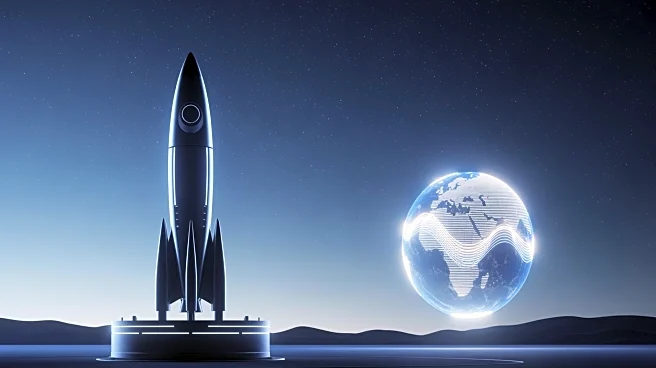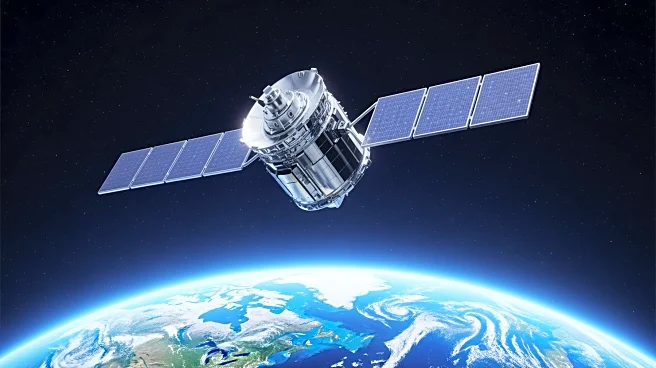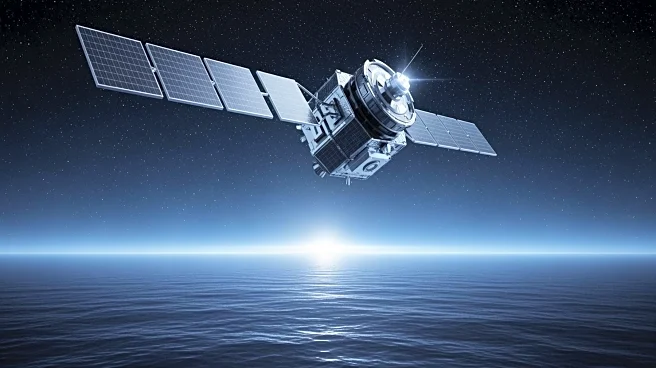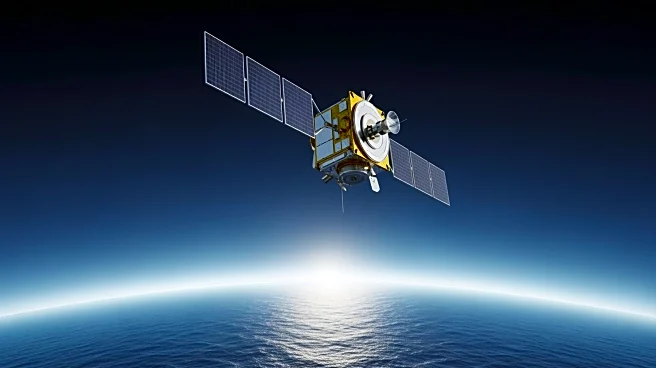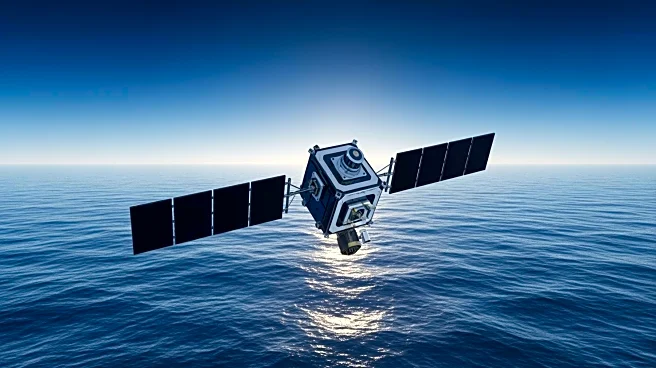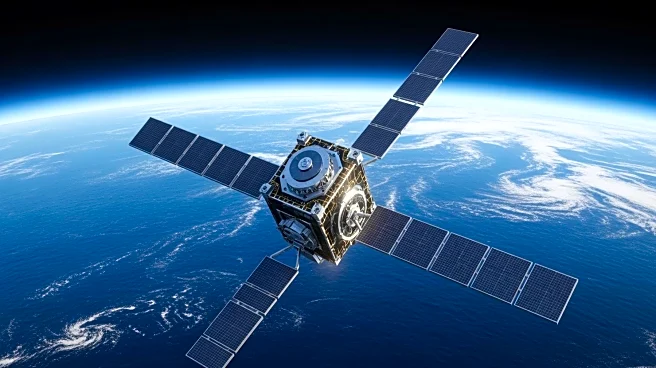What's Happening?
NASA's Sentinel-6B satellite is scheduled to launch aboard a SpaceX Falcon 9 rocket from Vandenberg Space Force Base on November 16, 2025, at 9:21 p.m. PT. The launch will be supported by Vandenberg Guardians
and Airmen at Space Launch Complex 4 East. Following stage separation, the Falcon 9's first stage will land at Landing Zone 4, potentially creating a sonic boom audible around the base. The Sentinel-6B satellite is designed to measure ocean topography using radar, providing continuous data on sea level trends and high-resolution vertical profiles of atmospheric temperature. This data will aid scientists in tracking climate changes and improving weather forecasting. Sentinel-6B will succeed its twin, Sentinel-6 Michael Freilich, which was launched in November 2020.
Why It's Important?
The launch of the Sentinel-6B satellite is a significant step in ongoing efforts to monitor Earth's climate and oceanic changes. By providing precise data on sea level trends and atmospheric conditions, the satellite will enhance the ability of scientists to understand climate dynamics and predict weather patterns more accurately. This information is crucial for policymakers and environmental agencies as they develop strategies to mitigate the impacts of climate change. The data collected will also be valuable for industries reliant on weather forecasting, such as agriculture and disaster management, potentially leading to more informed decision-making and resource allocation.
What's Next?
Following the launch, the Sentinel-6B satellite will begin its mission to collect and transmit data on ocean topography and atmospheric conditions. Scientists and researchers will analyze this data to gain insights into climate trends and improve forecasting models. The successful deployment of Sentinel-6B may lead to further collaborations between NASA and international space agencies, focusing on climate monitoring and environmental protection. Additionally, the data could influence future policy decisions regarding climate change mitigation and adaptation strategies.
Beyond the Headlines
The Sentinel-6B mission underscores the importance of international collaboration in addressing global environmental challenges. By working together, agencies like NASA, ESA, EUMETSAT, and NOAA can pool resources and expertise to advance scientific understanding and technological capabilities. This cooperative approach may serve as a model for future initiatives aimed at tackling complex global issues, such as climate change and natural disaster preparedness.
